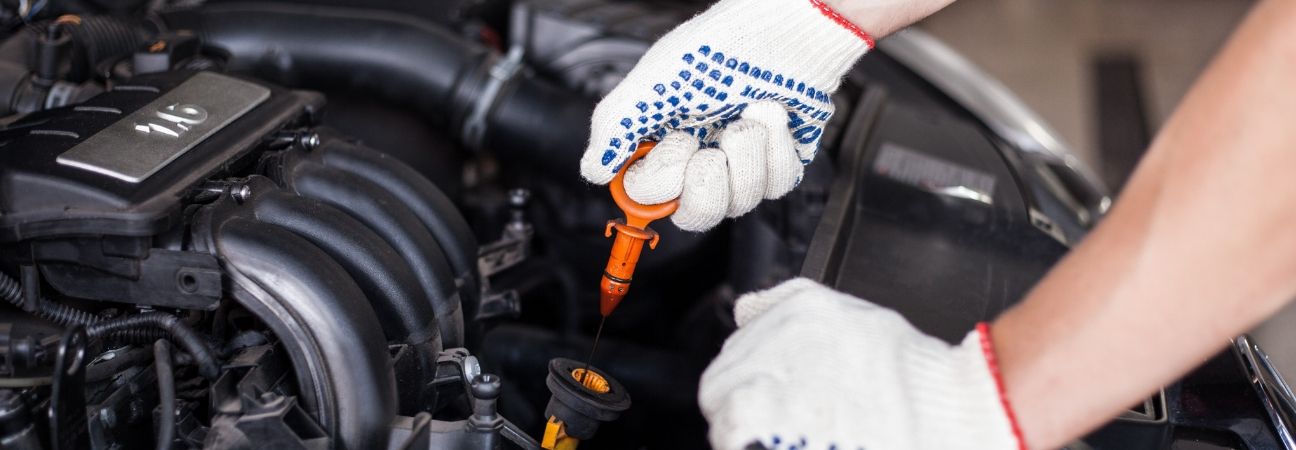Featured

Automobile fixings can rapidly come to be a monetary worry, specifically when taking care of major concerns that require substantial job and pricey parts. Recognizing the aspects that affect the cost of these repairs is important for automobile owners who intend to be prepared for the unexpected. From the kind of fixing needed to the make from your car, several essential elements can figure out how much you'll pay for fixings. Below's a closer take a look at one of the most prominent variables:
- Kind of Repair work. The nature of the repair plays a crucial duty in the cost. Straightforward repair services, such as changing a spark plug or brake pads, are normally less costly since they require less components and much less labor. On the other hand, fixings that involve intricate systems like the transmission, engine, or electric systems often tend to be more costly. These repair work frequently require more specific parts and competence, resulting in greater labor costs. In addition, if the repair includes taking apart several parts, the labor prices can increase significantly.
- Make and Model of Your Lorry. The make and design of your lorry have a significant influence on the cost of fixings. High-end and foreign cars, such as BMWs, Audis, and Mercedes-Benz, usually featured higher repair work prices as a result of their specialized parts and the know-how needed to work with them. In contrast, more usual vehicles like Ford or Toyota generally have less expensive components and are much easier for technicians to work on, which decreases repair prices. In addition, some automobiles may need customized diagnostic tools or software application for specific repairs, adding to the overall cost.
- Parts Accessibility and High Quality. The expense of the components required for the repair service is an additional significant variable. The rarity of parts, specifically for older or specialized lorries, can likewise drive up the cost, as finding appropriate substitutes can take time and effort.
- Labor Costs. Labor costs are one of the biggest contributors to the total rate of automobile fixings. These costs vary by region and service center, with metropolitan locations commonly charging higher prices as a result of above expenses. Mechanic know-how also affects labor prices-- a lot more specific or knowledgeable technicians have a tendency to charge more for their solutions. The intricacy of the fixing additionally contributes; repair work that require even more time or specialized expertise, such as working with an engine or electrical system, will certainly result in greater labor fees. Labor is generally billed on a per hour basis, and some fixings can take a number of hours to complete.
- Level of the Damage. The severity of the damages to your vehicle is one more vital factor in figuring out repair service costs. The repair might be reasonably affordable if the concern is small and restricted to one component of the lorry. If the damages is substantial and needs several parts to be changed or repaired, the price will increase. As an example, a broken timing belt might require changing other engine components that were damaged while doing so, making the repair service extra costly and complex. When major systems like the transmission or engine are impacted, the repair service expense can rise swiftly due to the number of parts and the labor involved.
- Lorry Age and Condition. Older cars have a tendency to call for more regular repair services, and as components put on out over time, the price of those repair services can increase. In a lot of cases, older autos are extra vulnerable to issues with their transmission, engine, or suspension. In enhancement, components for older versions might be more difficult to locate, which can boost both the price and time needed for repair services. Nevertheless, if your auto is still in excellent general problem and properly maintained, you may have the ability to extend its lifespan with fewer and less costly repairs. Cars with less miles on the odometer may likewise be less most likely to require pricey fixings in the future.
- Place of the Fixing Shop. The area of the repair work shop can additionally influence the expense of cars and truck repairs. In addition, dealers often charge a lot more for repairs contrasted to independent repair service shops, although car dealerships may utilize OEM components and provide specialized solution for your make and model.
- Insurance and Service Warranty Protection. In some cases, extended guarantees or solution plans can help cover repair services for specific parts of the vehicle. In addition, if the fixing is a result of a crash, your cars and truck insurance plan might cover the expense.

Conclusion. Numerous aspects affect the price of significant cars and truck repairs, including the kind of repair service, the make and model of your automobile, the quality of the parts made use of, and labor costs. Understanding these components can assist you much better get ready for fixing expenses and make even more enlightened choices when it's time for a major fix. Normal upkeep, consisting of timely oil modifications, brake assessments, and tire rotations, can help lessen the need for pricey fixings down the line. If you deal with a pricey repair service, it's constantly a great concept to get several quotes and consider the advantages of using OEM versus aftermarket parts to make the most cost-effective choice.
Latest Posts
Experience Coastal Beauty at Deauville Inn
Published Apr 16, 25
1 min read
A Historic Coastline Destination with Modern Delights
Published Mar 31, 25
1 min read
Experience the Boogaloo: Eating, Drinks, & Sports at FunCity Hotel
Published Feb 01, 25
2 min read